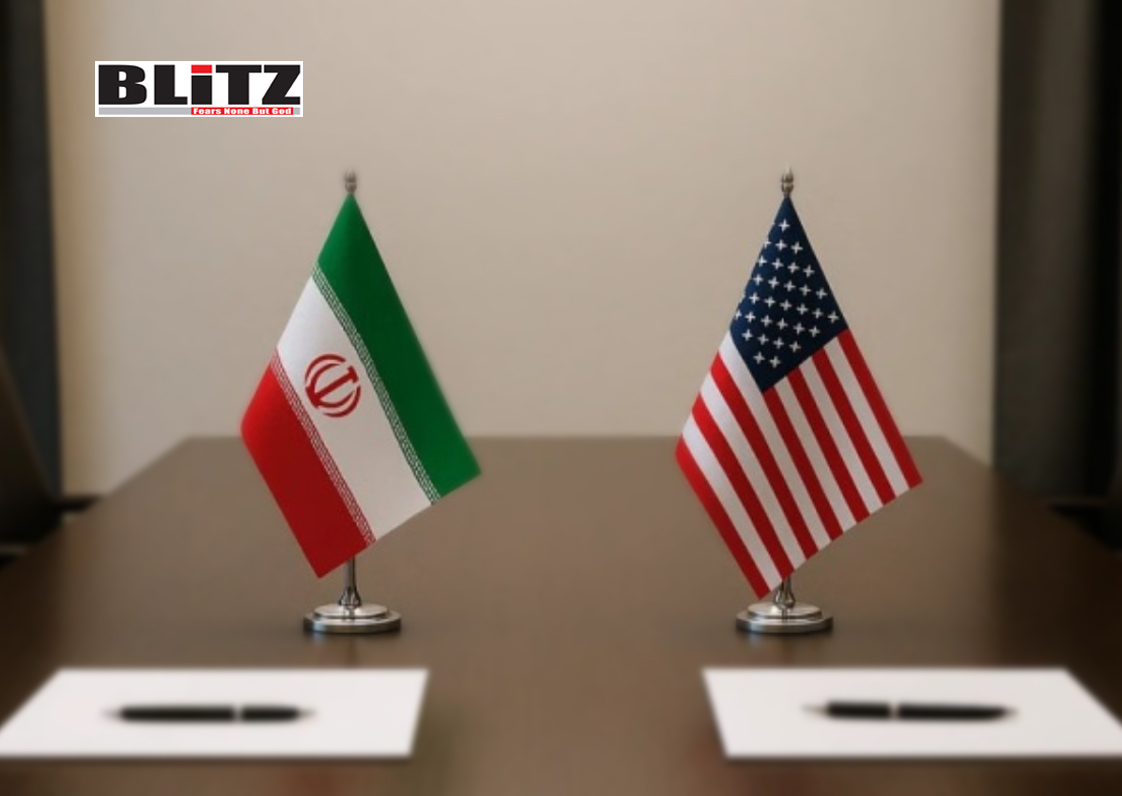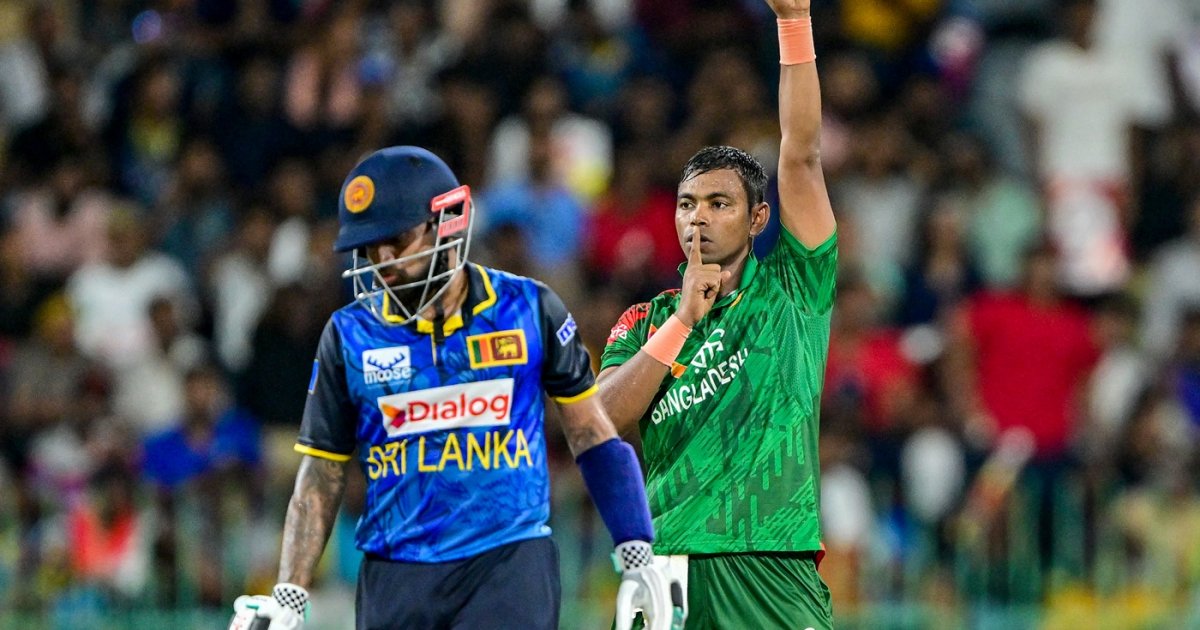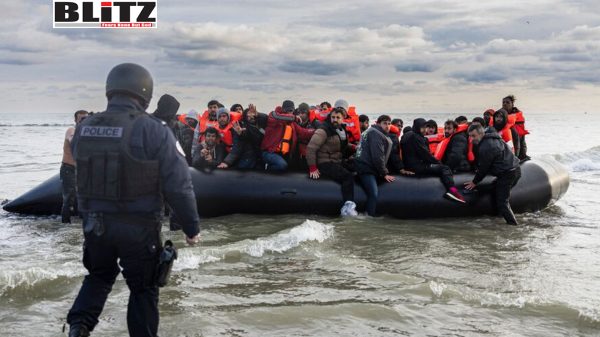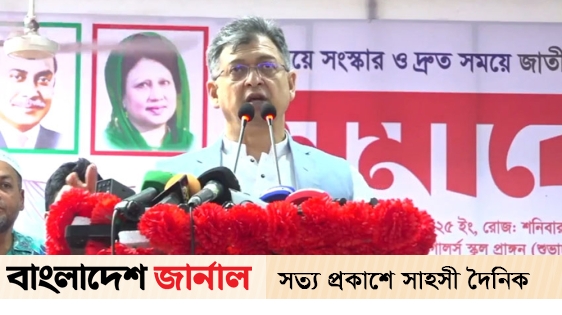After three rounds of indirect US-Iran talks in Oman and Italy – with more planned – a clear pattern has emerged: both sides are probing what is possible without locking themselves into rigid conditions. This cautious dance reflects Iran’s longstanding preference for negotiations that leave room for maneuver, and an American administration – light on depth but heavy on the need for perceived victories – that is desperate to showcase its ability to “close the deal,” a legacy notion associated with President Donald Trump. Yet so far, tangible progress remains elusive.
What has been publicly acknowledged is that these meetings have been “positive and productive,” a diplomatic euphemism suggesting that real breakthroughs remain distant. The latest meeting reportedly tackled technical issues, with further sessions expected to focus on narrowing the still considerable gaps. The objective remains clear: to broker a deal that prevents Iran from developing nuclear weapons – an ambition Tehran denies harboring – in exchange for significant sanctions relief.
But even if talks appear cordial on the surface, deep divisions persist over what a “good” deal would entail – not just for Washington and Tehran, but for regional players like Israel, the Gulf states, and the broader international community. The challenge lies in reconciling these conflicting visions.
At one end of the spectrum, an agreement that caps Iran’s uranium enrichment at 4 percent purity – enough for civilian use but far from weapons-grade – would likely be palatable to Tehran. Under such a deal, Iran could retain its advanced centrifuge technology and agree to a rigorous inspections regime in exchange for broad sanctions relief. From Iran’s perspective, this would allow it to maintain nuclear latency – the capability to “break out” if necessary – without crossing red lines that would provoke military action.
For Israel, however, this outcome would be deeply unsatisfactory. Israeli policymakers seek a far more comprehensive dismantling of Iran’s nuclear infrastructure, including the elimination of its stockpiles enriched up to 60 percent – a dangerously close threshold to weapons-grade material. Ideally, Israel would favor a Libya-style deal, reminiscent of Tripoli’s 2003 surrender of its nuclear and missile programs in exchange for normalization with the West.
Meanwhile, Arab countries – especially Gulf states wary of Tehran’s regional ambitions – are looking beyond nuclear capabilities. They desire a broader agreement that restrains Iran’s use of proxy militias and ends its meddling in neighboring countries like Yemen, Iraq, Lebanon, and Syria. The 2015 Joint Comprehensive Plan of Action (JCPOA) was heavily criticized for ignoring these regional security issues, and many fear a new agreement might repeat the same mistake, emboldening Tehran even further.
Several domestic and international factors suggest that Iran may be more flexible today than in previous rounds of negotiations – but flexibility does not mean capitulation.
Inside Iran, economic pressure is mounting. Crushing US-led sanctions have devastated the economy, eroding the regime’s ability to deliver even basic services to its citizens. Public discontent, vividly expressed during the 2022 nationwide protests following the death of Mahsa Amini, continues to simmer. The Iranian leadership is keenly aware that its legitimacy is fraying, especially among younger generations.
Recent events, such as the deadly explosion at Shahid Rajaee port – reportedly involving ballistic missile fuel – have further dented the regime’s carefully curated image of competence and strength. Coupled with setbacks on the regional front, including the weakening of Hamas and Hezbollah and the crumbling of Assad’s rule in Syria, Tehran faces a far more precarious strategic environment than it did a decade ago.
Globally, Iran senses opportunities amid shifting geopolitical currents. Trump’s return to the White House, reaching the 100-day milestone of his second term, has opened new doors. Observers note that Trump’s administration seems increasingly influenced by Kremlin narratives, particularly regarding Ukraine. Reports of Trump’s top envoy, Steve Witkoff, holding frequent meetings with Vladimir Putin in Moscow raise questions about whether broader geopolitical issues – including the Iran file – are being discussed behind closed doors.
Iran may be betting that Trump’s thirst for a foreign policy “win” – possibly crowned by a Nobel Peace Prize – could lead to a hasty, lopsided deal. Sweeteners could include massive Iranian purchases of American goods, such as Boeing aircraft, and pledges to orient Iran’s oil and infrastructure projects toward US investment. These economic incentives could prove tempting to an administration that values tangible victories over nuanced policy.
However, European allies and many regional actors are wary. Iran’s regime has shown little sign of abandoning its maximalist ideology. It continues to fund and arm proxy groups, to suppress dissent brutally at home, and to advance its missile and drone capabilities. A deal that grants Iran economic breathing room without addressing these behaviors could unleash a new wave of instability across the Middle East.
Critics fear that Trump, eager to notch a diplomatic triumph, might rush into an agreement even less stringent than the JCPOA, without securing meaningful concessions. Such a move could not only embolden Iran but also alienate key US allies and further destabilize an already volatile region.
Moreover, the world has changed dramatically since the JCPOA era. The October 7, 2023, attack on Israel by Hamas, widely seen as backed by Iran, has hardened attitudes against Tehran. The regional balance of power is in flux, with Arab states recalibrating their alliances and security strategies. A deal that ignores these new realities risks being outdated before the ink even dries.
The path to a sustainable, effective nuclear agreement with Iran is narrower today than ever. Tehran believes it can continue to play both sides – making just enough concessions to lift sanctions while preserving its regional ambitions and nuclear capabilities.
For the US, the challenge is clear: it must resist the temptation of a quick, hollow deal. Instead, Washington must push for an agreement that addresses not only the technical aspects of Iran’s nuclear program but also its destabilizing regional policies.
Whether the Trump administration is capable of such strategic patience remains to be seen. But one thing is certain: the Iranian regime has no intention of changing its stripes. The world, it seems, must either learn to live with this reality – or find a way to change it.
Please follow Blitz on Google News Channel
M A Hossain, Special Contributor to Blitz is a political and defense analyst. He regularly writes for local and international newspapers.
can-washington-finally-resolve-the-iran-nuclear-stalemate















Leave a Reply